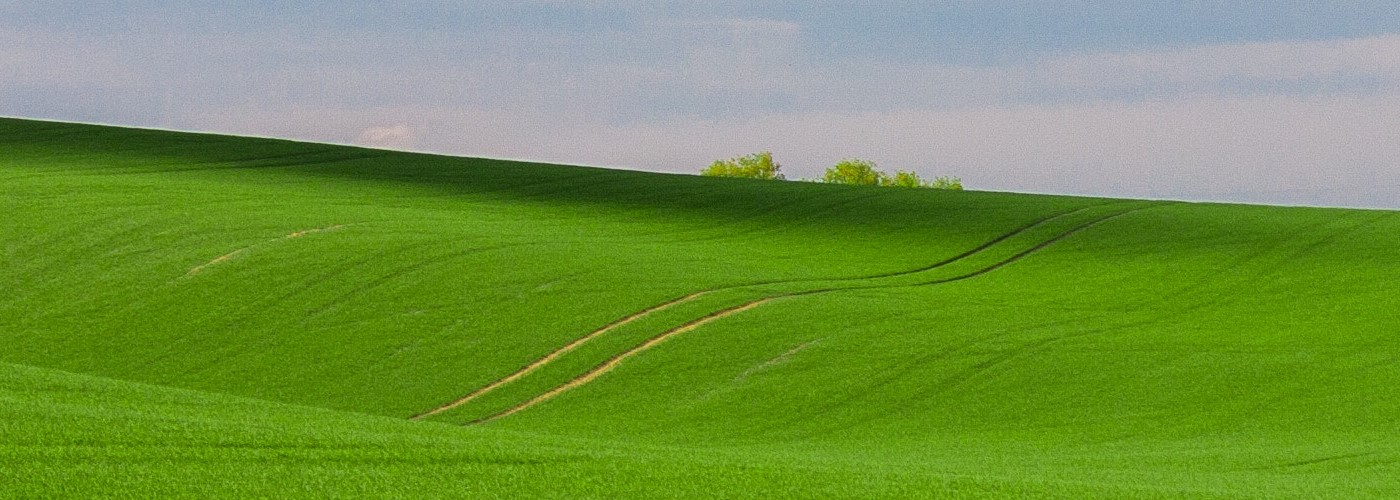

Grasslands are very important to animals and one of the simplest forms of habitats, because they can roam freely, feed, sleep, and thrive. These traits also make grasslands very appealing for agriculture, ranching, and development. This is because of the flat and highly fertile land. The downside to the grasslands is that, because of the flat terrain, it makes it very easy for poachers to find animals, as they are very exposed. Many animals call the grasslands home, such as cheetahs, coyotes, bison, and deer.
There are two main divisions of grasslands around the world. There is the tropical grasslands (aka savannas) and temperate grasslands. Temperate grasslands are areas that get cooler in winter and are being the hardest hit. It accounts for 8% of the planet's land and is recognized as one of the most endangered ecosystems on Earth, according to the Grasslands Specialist Group of the International Union for the Conservation of Nature (IUCN).
Temperate grasslands are known as prairie or plains in North America, veldts in South America, and pampas in South Africa. What makes them so popular is that the soil is very rich with vitamins, making for great ground for agriculture. 40% of grasslands have already been developed for agriculture use, with another 14% used for building urban or industrial infrastructure. Only half of Earth's temperate grasslands remain in their natural state according IUCN! They also mention that the remaining grasslands still intact are largely unprotected. Less than 5% of temperate grasslands are protected in nature reserves or national parks. As grassland territory decreases due to human activity and growth, this will decrease the population of animals who call it home. Either the species will decrease over time or they have to find a new habitat foreign to them.